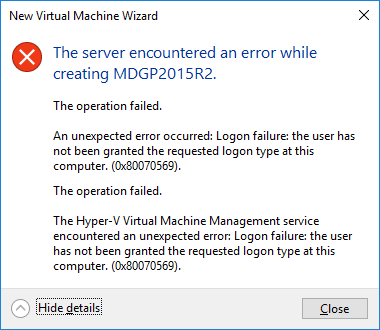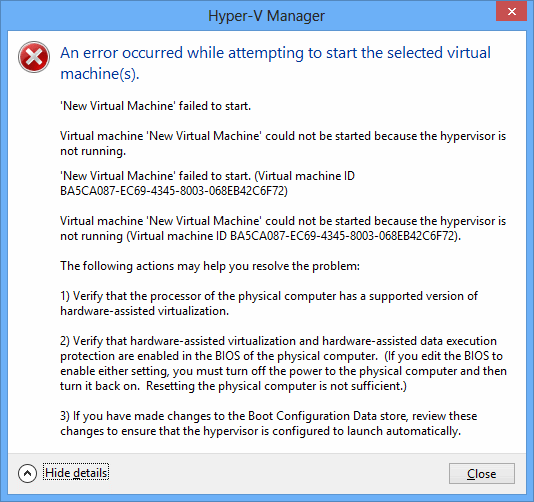 This post is part of the series on Local by Flywheel.
This post is part of the series on Local by Flywheel.
Local by Flywheel works by installing VirtualBox; if you are running any other visrtualsiation software, you need to make sure that it, and the related hypervisor, is disabled.
In my case, I am using Hyper-V so will need to use bcdedit to stop the hypervisor via an elevated command prompt.
The command to use is:
Once the command has successfully completed, the machine will need to be rebooted; if a reboot is done performed, then the hypervisor will not be fully disabled and will cause problems.
Once you’ve finished installing and shutdown Local by Flywheel, you can restart the Hyper-V hypervisor using the following command (again a reboot will be required):
bcdedit /set hypervisorlaunchtype auto








